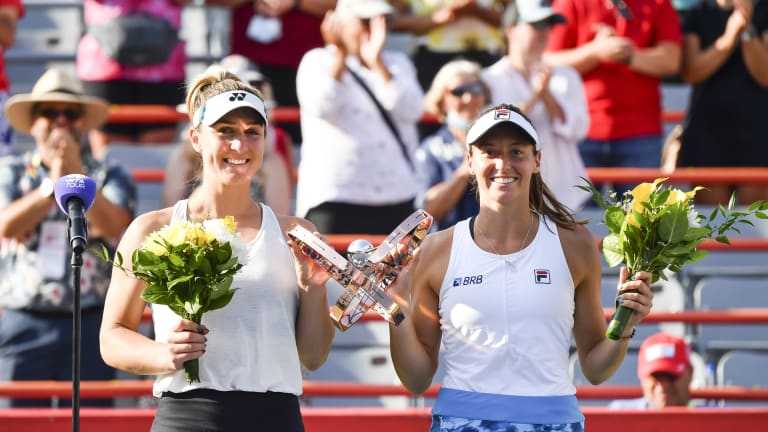Last summer, Luisa Stefani hit a hot streak in doubles with Gabriela Dabrowski and became the first Brazilian woman ranked in the Top 20 in singles or doubles since Maria Bueno, who won seven Grand Slam singles titles in the 1950s and 1960s. After winning Olympic bronze, Stefani went 16–2 with Dabrowski on North American hard courts, all the way to the US Open semifinals. While holding a slight lead over Coco Gauff and Caty McNally, Stefani took a routine step near the net, fell and left the court in a wheelchair.
In a sudden reversal of fortune, the Saddlebrook and Pepperdine University product was sidelined for a year with a torn ACL in her right knee. She hoped to return at the US Open last month, but she wasn’t ready.
Based on the results at the Chennai Open this week, Stefani made the right call. Entering on a protected ranking, she and Dabrowski, the top seeds, cruised to the title without dropping a set. (They lost just three games in defeating Anna Blinkova and Natela Dzalamidze in Sunday's final, 6-1, 6-2.)
Stefani took extra precaution after having surgery at Chicago’s Midwest Orthopedics at Rush. Stefani’s doctor estimated recovery to take nine months, but that would have meant returning on the slippery grass courts of the mid-summer season. She preferred to wait to play on hard courts.
